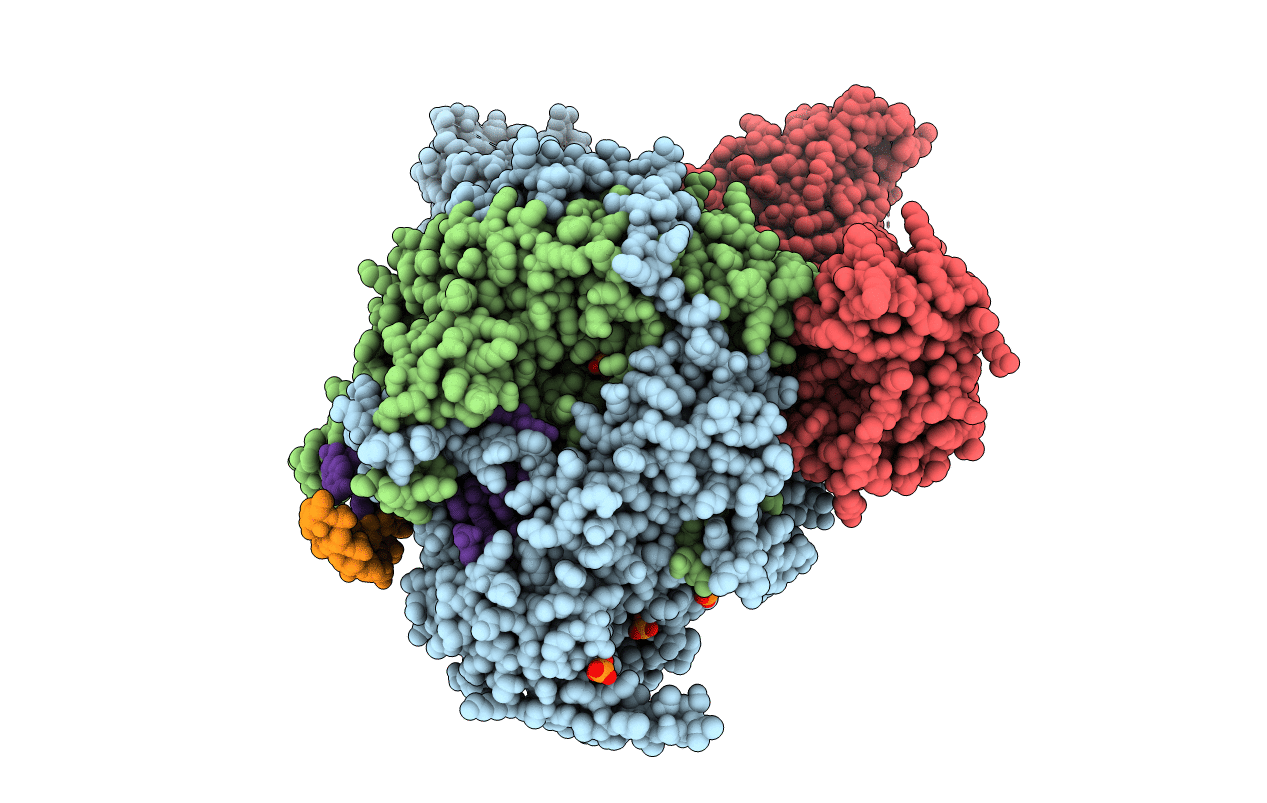
Deposition Date
2014-10-26
Release Date
2014-11-19
Last Version Date
2024-01-10
Entry Detail
Biological Source:
Source Organism:
Influenza A virus (Taxon ID: 1129347)
unidentified influenza virus (Taxon ID: 11309)
unidentified influenza virus (Taxon ID: 11309)
Host Organism:
Method Details:
Experimental Method:
Resolution:
2.65 Å
R-Value Free:
0.26
R-Value Work:
0.21
R-Value Observed:
0.21
Space Group:
C 1 2 1


